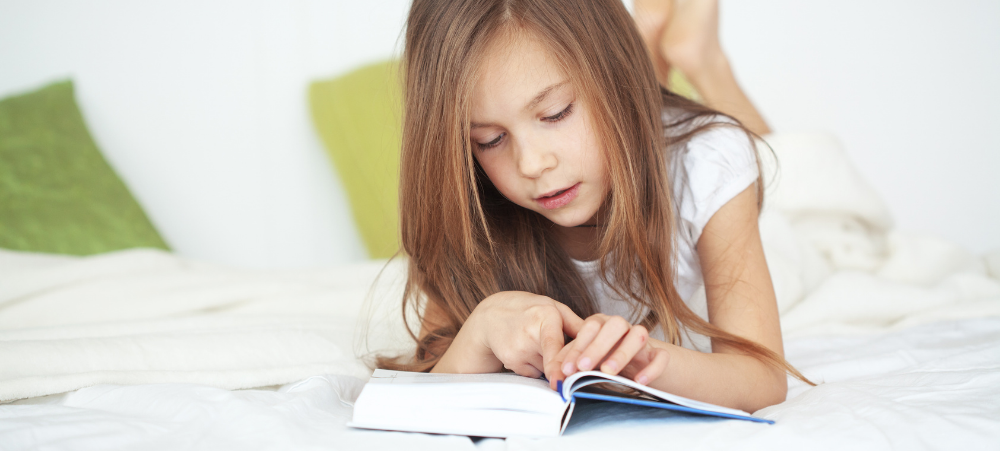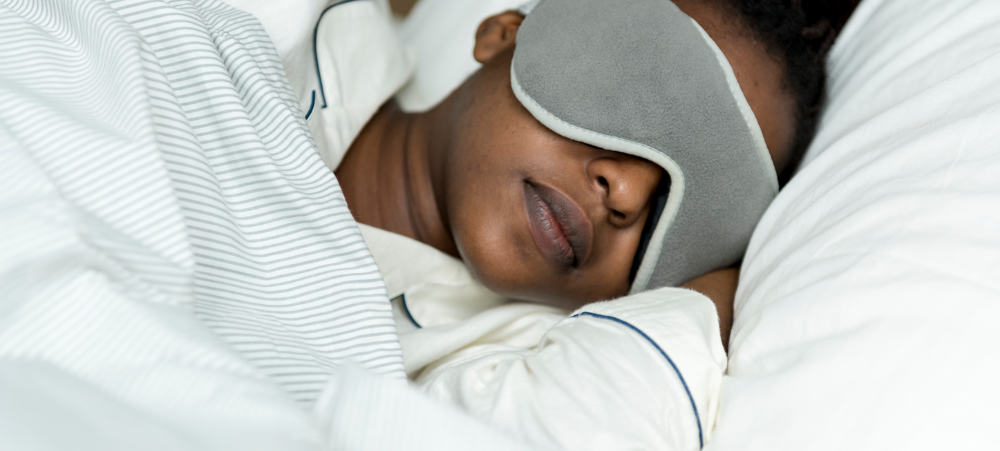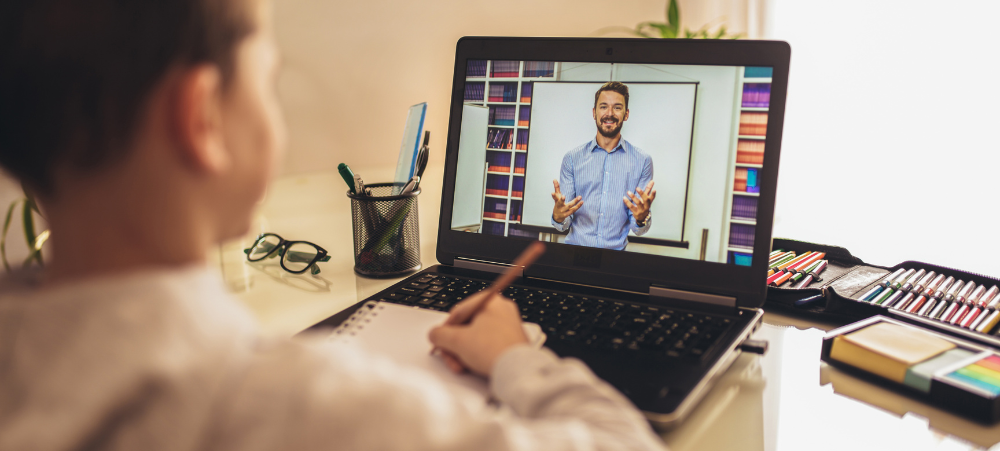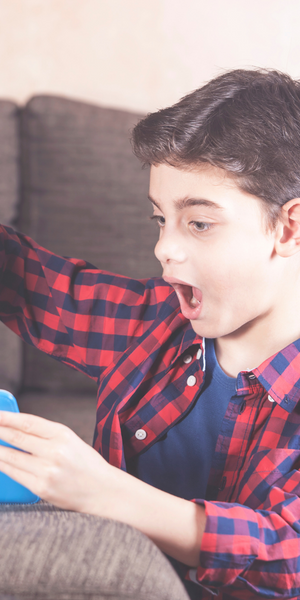
Unlock the Magic of Christmas with the 2023 Top Toy Trends
Geoffrey’s Big Book of Toys is Out! 68-page catalogue of dreams with the Top Toys revealed Toys R Us has revealed its expert prediction of all the toys and trends set to be the most popular for this year’s festive season, family play, pop culture, minis and collectibles are all top of the list. Experts at the retailer forecast that the microtrend of minis, nostalgic toys and interactive toys will take top spots with the retailer also predicting that imaginative play and roleplaying toys are set to be huge this year. Recognised globally as the leader in toys, Toys R Us, has spent months sourcing, testing, and predicting trends and have carefully curated an assortment that showcases top toy trends, inspired by popular culture, that stimulate imagination and growth as well as encouraging family and interactive play across several age groups. “This year’s festive season has more ways to play with new entrants and brands as well as different targeted age groups,” says Catherine Jacoby, Marketing Manager at Toys R Us. “We recognise that the holiday season is about bringing the family together and this has been one of the key focuses as we source our ranges.” “Life is busy but the range of family play on offer brings life back to basics with games and puzzles,” she says. “The Twister Air combines family play, getting the body moving with technology while honing gross motor skills and keeping the mind and body active.” Jacoby explains: “Moments in pop culture are shaping the trends, whether its Barbiemania, Disney’s 100th anniversary, the return of the ‘90s with Teenage Mutant Ninja Turtles, Transformers and Sonic the Hedgehog, pop culture is translating to toys in a very engaging way.” “Consumers are driven more than ever by experiences and parents are looking for value and toys that give their children memories outside of the digital world,” she says. “We’re seeing kids of all ages most interested in quieter and comforting toys or stress-relieving toys that transcend age which we are seeing a rise in this year,” she adds. “This includes LEGO, dollhouses and role-playing games.” She continues: “The trend of creating shows no signs of slowing down as toys like the Kenwood Mixer, which is just like the real thing allow kids to partake in daily meal preparation and learn about healthy living.” In addition to this she adds LEGO and the Cool Maker Stitch ‘n Sew Style Fashion hitting the top of the wish lists. “It’s safe to say that popular movie franchises and shows will have a benefit to the physical products in store,” she explains. “We certainly can’t overlook Barbie, which has been one of the most popular, prolonged trends of the year and is showing no signs of slowing down.” “We’re prepared for the new generation of Tweens to enter our world as we close the gap and continue to provide kids aged 7-12 years old with opportunities to play,” she says. “We’ve sourced more toys that cater to this demographic, including fidget and sensory toys, collectibles, arts and crafts as well as tech toys.” “The launch of an exclusive brand in WOW generation aspires to the creative, tech and fashion child, while our older aged products in technical remote-control cars, drones and gel blasters will find the tweens outdoors playing longer with new interests,” she explains. “Bitzees is a new and interactive toy which takes virtual pet playing on a handheld gaming device to new levels being one of the most wanted toys for this season.” She notes that similarly, nostalgia is at an all-time high, look out for re-launches, re-vamps, and twists on toys from the past. “That being said you can expect a full reign of nostalgia with kids and adults alike as Pokémon and the Bitzee Interactive Digital Pet making the top toys list.” “The Y2K nostalgia trend will continue with ‘Kidults’ seeking out toys from their past.” she adds. “Toy purchases this year will go beyond just the kid market into young adults looking to reconnect with their youth, whether it’s collectible figurines, trading cards or blind bags we’re seeing top brands like Pokémon, Mini Brands, Mini Verse and L.O.L Surprise continuing to grow.” “Kidulting is huge and keeps growing, it’s for this reason we have the Toys R Us Fanvault and a lot of what is on the shelves this year are meant for parents and kids to enjoy together,” says Jacoby. “This includes the newest version of Twister and LEGO sets.” Jacoby says that the 2023 most popular toy guide would be incomplete without a mention of Squishmallows, Rainbocorns or Magic Mixes, these interactive toys have been an evergreen trend for the past three years and all of them hit our top toys trend list. “The tiny-fication of everything into collectible mini forms continues unabated. And some of the mega-trends we continue to see are toys that surprise, colour changing toys, pocket size anything and food creation.” She explains that this year parents can expect screen-free toys to top the list of trends and toys that encourage hands-on play and skill building. “We’re so excited to kick off the most magical time of the year with the coolest and most sought-after toys of the season.” “By identifying the top play trends we’re making it easier than ever to find toys every kid will love, spreading joy and delight to families and kids of all ages,” Jacoby explains. “Combined with the launch of the top toys, Geoffrey reveals the ‘Big Book of Toys’, a special bumper gift guide featuring 68 catalogue pages filled with wondrous toys including something for everyone this festive season which will be available in-store nationwide as well as online from the 25th of October.” In addition, Jacoby says, one lucky customer could stand a chance to win their wish list valued at R10,000 by creating their gift registry online at www.toysrus.co.za oR by cutting out their favourite toy from the catalogue, sticking it on the entry form provided and dropping


































